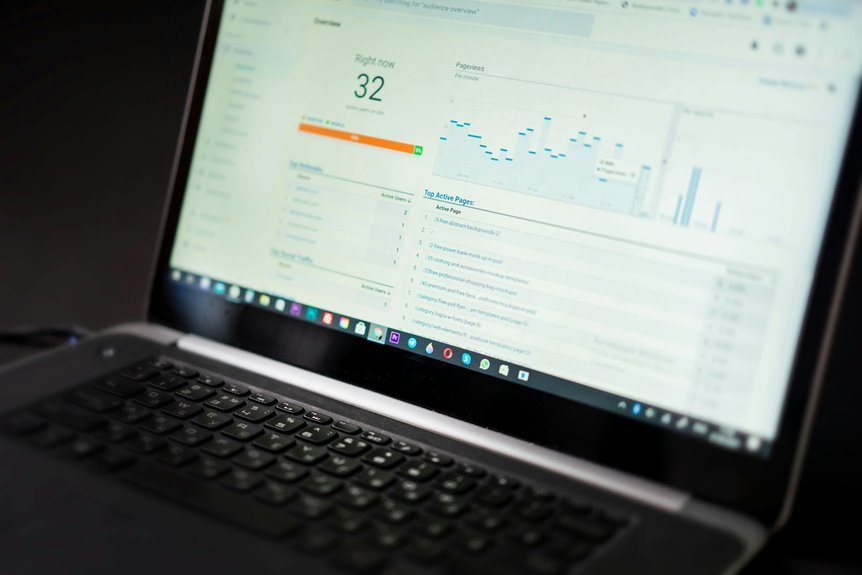The 929834103 Callback Conversion Metrics provide essential insights into customer interactions and organizational responsiveness. By examining these metrics, businesses can assess their inquiry handling effectiveness and overall customer satisfaction. This analysis highlights areas for enhancement and fosters a culture of continuous improvement. However, understanding the nuances of these metrics and their implications for customer loyalty remains a complex challenge that warrants further exploration.
Understanding the 929834103 Callback Conversion Metric
The 929834103 callback conversion metric serves as a critical indicator of customer engagement and operational efficiency within call-based marketing strategies.
Callback performance directly correlates with customer satisfaction, reflecting how effectively businesses respond to inquiries.
Analyzing this metric enables organizations to identify areas for improvement, optimize response times, and ultimately enhance the overall customer experience, fostering a sense of autonomy and satisfaction among clients.
Benefits of Implementing Callback Conversion Metrics
Implementing callback conversion metrics provides organizations with a structured framework to evaluate customer interactions and operational effectiveness.
By measuring callback effectiveness, businesses can identify key areas for improvement, leading to enhanced customer satisfaction.
This analytical approach enables organizations to optimize their processes, fostering a culture of continuous improvement and ensuring that customer needs are met efficiently and effectively, thus promoting greater operational freedom.
Analyzing Data for Improved Customer Engagement
While organizations increasingly prioritize customer engagement, analyzing data becomes essential for understanding and enhancing these interactions.
By leveraging customer insights, businesses can identify effective engagement strategies that resonate with their audience. Data analysis facilitates the recognition of trends and preferences, allowing organizations to tailor their approaches.
This method not only fosters stronger connections but also empowers customers, ultimately driving satisfaction and loyalty.
Best Practices for Optimizing Callback Strategies
Optimizing callback strategies requires a systematic approach that builds on insights gained from customer engagement data.
Effective practices include analyzing callback timing to align with customer preferences, ensuring timely responses that enhance satisfaction.
Additionally, segmenting customers based on behavioral data allows for tailored callbacks, increasing conversion rates.
Implementing these strategies fosters a responsive environment that empowers customers while maximizing operational efficiency.
Conclusion
In summary, the strategic significance of 929834103 callback conversion metrics cannot be overstated. By diligently delineating data and deploying effective practices, businesses can dramatically deepen customer connections and drive dynamic engagement. This diligent focus not only enhances operational efficiency but also cultivates a culture of continuous improvement, ultimately leading to lasting loyalty. Thus, embracing these metrics empowers organizations to elevate their service standards and foster fulfilling customer experiences, ensuring sustained success in a competitive marketplace.






